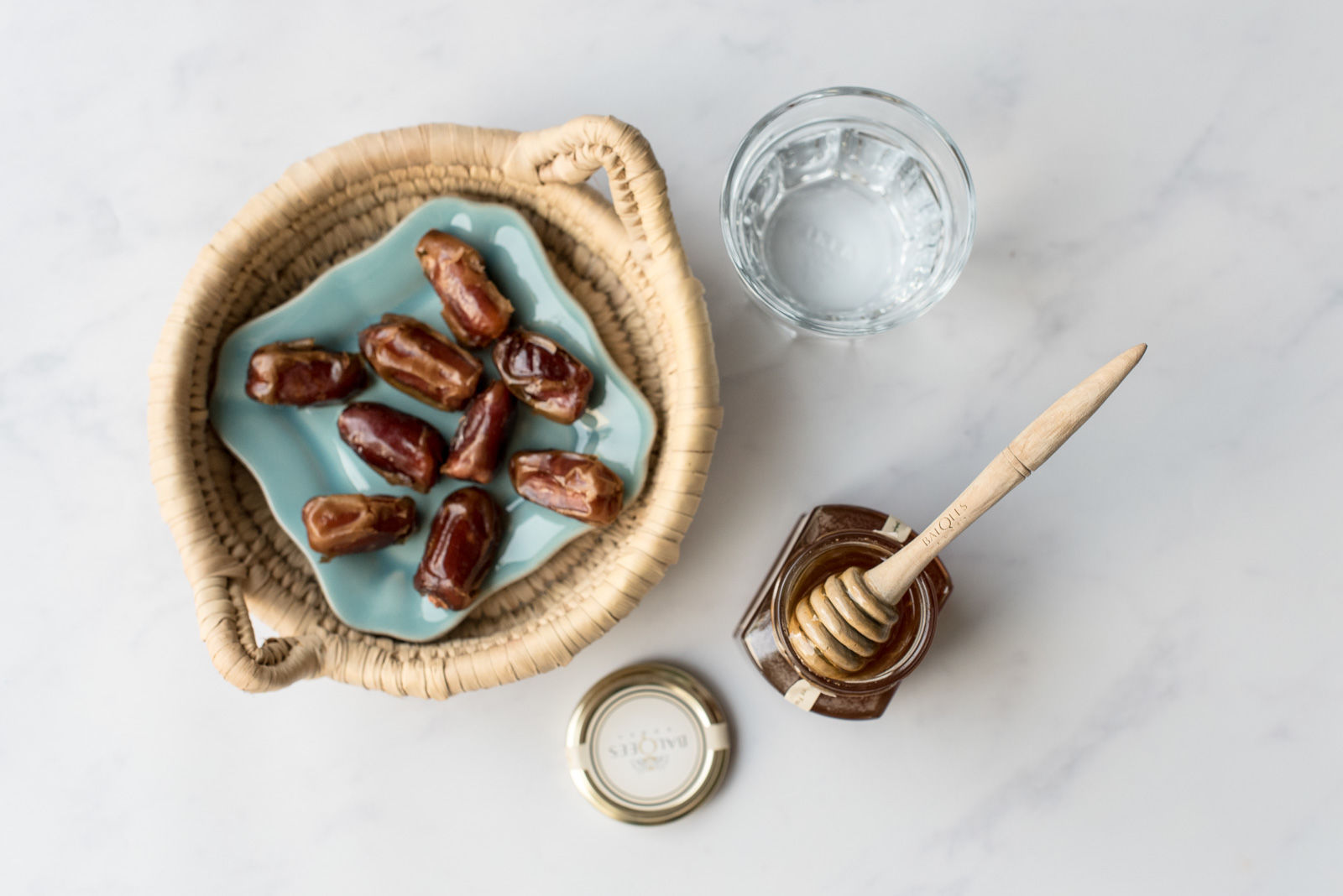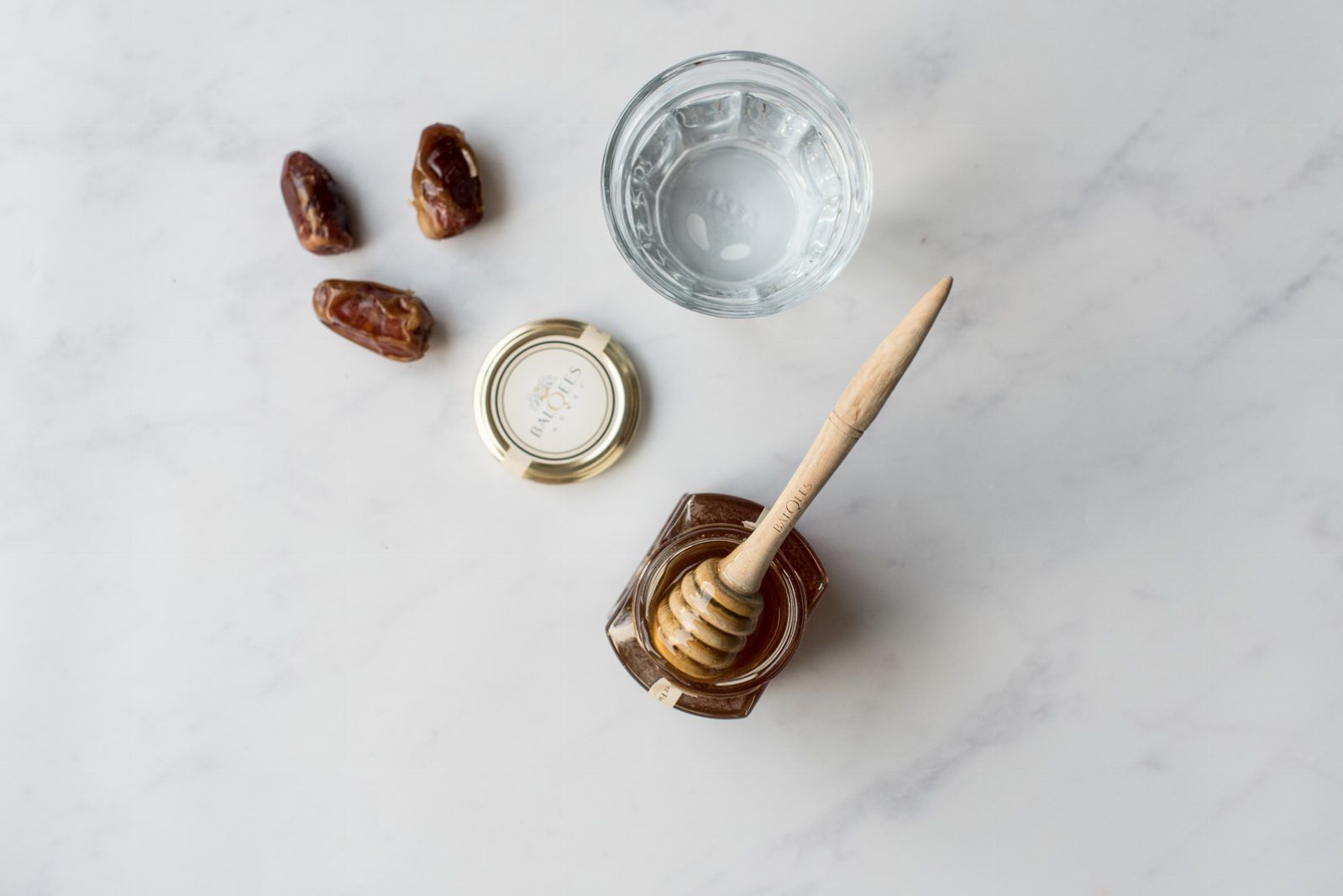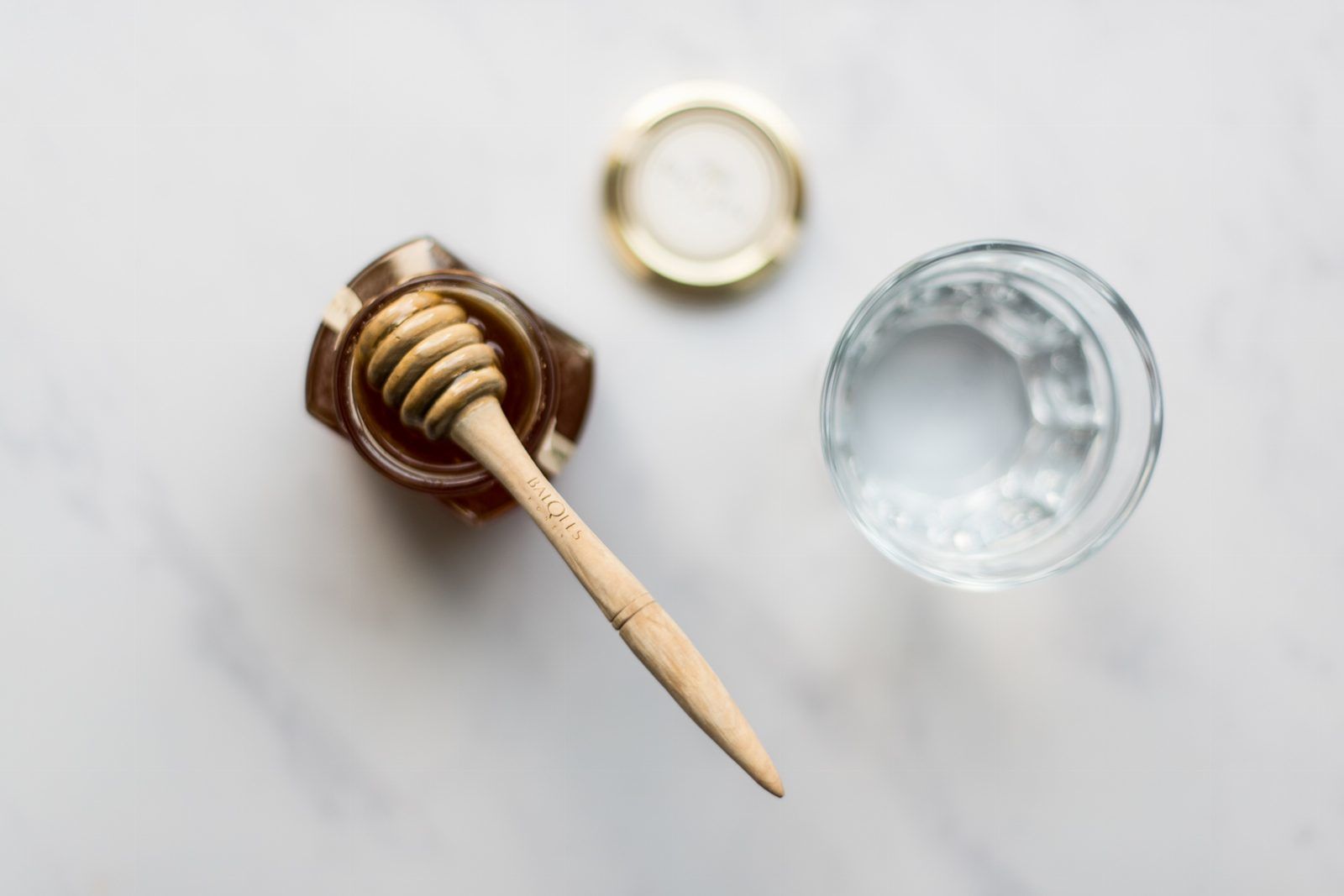
The holy month of Ramadan is a very special month in the calendar for Muslims, it’s a time of reflection and connection with one’s faith and for considering those less fortunate and in need.
It comes as little surprise to find a strong link between the honey bee and raw honey with the Middle East and Arab culture, it has been there for centuries. Raw honey is mentioned in “The Bee,” a chapter in the Quran, and considered to be one of the ‘heavenly foods served in Paradise’. The Prophet Muhammad, PBU, declared people to respect and protect the bees because of what they offer to medicine, nutrition, and agriculture through their gift that is raw honey.
The ancient Egyptians as well as the Sumerians used raw honey as food and as medicine to invigorate health. Raw Honey from the Middle East has always been highly valued. People are prepared to pay large amounts for a jar of high grade raw honey because of its provenance, healing qualities and rich taste, it is often given to family and friends as a gift when visiting their houses.
The word Ramadan in Arabic means scorching hot or dry and people show self-discipline by fasting during daylight hours over the course of 30 days and nights. It is important to remain healthy and make sure the right foods and nutrients are being consumed during the evenings, for Suhoor (the meal consumed early in the morning before day light) and Iftar (breaking of fast) when the sun goes down.
Taking raw honey for Suhoor is a good way to sustain ones fast throughout the day as the natural sugars in honey are absorbed quickly giving an immediate energy boost, while the fructose content is absorbed more slowly providing sustained energy. This keeps blood sugar levels constant compared to other types of sugar or glucose-rich carbohydrates. Raw honey boosts the immune system and can also act as a serotonin the neurotransmitter that lifts mood and encourages sleep.
The key is to plan your meals ahead of time for the evenings and be ready to break the fast with customary dates. These fruits are nutritional powerhouses and are an integral part of Arab culture and tradition during Ramadan. They are eaten to break the fast at sunset before Maghrib prayers after ‘Azaan’ (call for prayers) and then to sit down for Iftar. All are welcome to join Iftars and share conversation and it’s a nice way to learn about the food and culture.

The important thing whilst fasting is to stay hydrated and replenish your body through the evening hours and to avoid salty and fried foods. I find honey water, with raw honey of course, to be a really good way to hydrate, energise the body and alleviate digestive issues including acidity and bloating.
Camel milk has been a part of Bedouin culture for generations. It has powerful nutrients and lots of health benefits with far higher levels of iron, vitamin C and protein than cow’s milk and with less fat. When possible I include camel milk at Suhoor along with raw honey, fruits and nuts to give me what I need.
These nice and simple recipes are packed with protein and fibre to sustain your body through a day of fasting.
Place natural yogurt in a bowl and top with granola and fresh blueberries or another fruit of your choice. Drizzle raw honey over the top and serve.
Soak a handful of dates in a cup of milk (of your choice) overnight. Take a big spoonful of natural yoghurt, the soaking milk, dates, a teaspoon of raw honey and ice cubes (optional). Blend in a power blender until smooth.
Blend together camel milk, natural yoghurt, oats soaked in milk or a little juice, frozen banana, natural peanut butter, chia seeds and raw honey. Or change it up and replace the peanut butter with dates.
Spread natural almond butter on toasted, seeded pitta bread and top with sliced banana, sesame seeds and a drizzle of raw honey.
Iftar is a special time to gather with family and friends to celebrate the days fast and to appreciate the hard work in bringing the good food served before you. Along with dates, juices, dried fruits, nuts, rice and meat dishes, desserts are a favourite at Iftar. Here are some of my favourites to try at home.

Iftar is a special time to gather with family and friends to celebrate the day’s fast and to appreciate the hard work in bringing the good food served before you. Along with dates, juices, dried fruits, nuts, rice and meat dishes, desserts are a favourite at Iftar.
Whilst travelling in the mountains of southern Portugal I came across Ochala, a vegetarian cafe run by a lovely Portuguese lady called Isobel who serves the most amazing homemade baklava. The origins of baklava date back to the Ottoman Empire and it’s certainly a well-known sweet in the Middle East and a favourite at Iftars. Isobel was kind enough to share her recipe with me.
Take approximately 10 pieces of filo pastry layered with a brush of raw honey and a filling of walnuts or almonds or pistachios. Cut the pieces and place in the oven for 15 minutes then cover in warm honey so it soaks through. Simple and full of goodness to share or offer as a gift at Iftar.
The Balqees team wish everyone a Ramadan Kareem and leave you with this passage from the Holy Quran (Chapter 16. The Bees) reinforcing the belief in the healing powers of raw honey:
“And the Lord inspired the bee, saying:
‘Take your habitations in the mountains
And in the trees and in what they (humans) construct.
Then, eat of all fruits and follow the ways
Of your Lord made easy (for you).’
There comes forth from their bellies a drink of
Varying colors wherein is healing for mankind.
Verily in this is indeed a sign for people who think.”
[Quran 16:68-69]
Riath
Sign up for exclusive offers, recipes and the latest raw honey news.